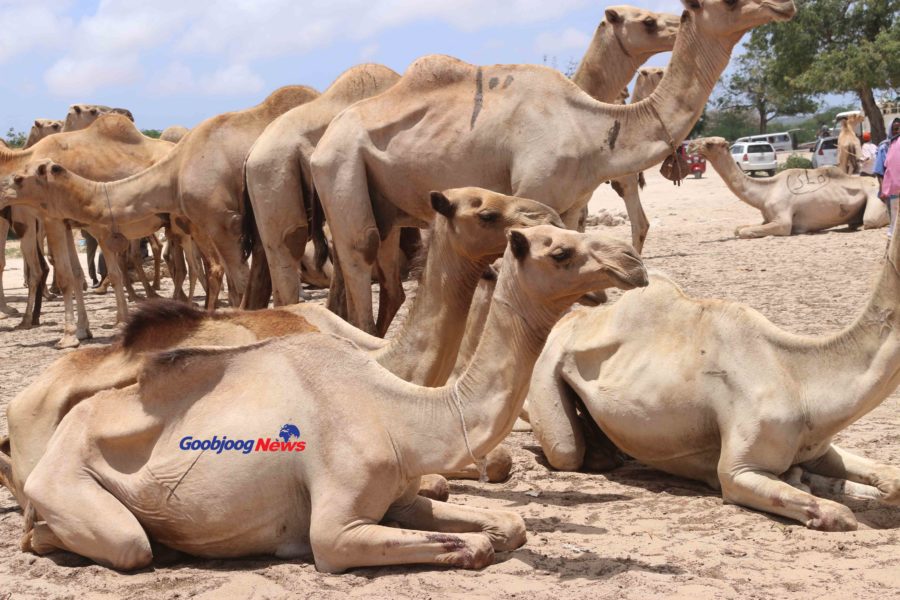Drought has cost Somalia $1.7 billion in livestock and crop loss-World Bank


The ongoing drought in Somalia has cost the country close to $ 2 billion dollars in livestock and crop losses, the World Bank has said warning the drought is ‘likely to have cast widespread and lingering impacts across multiple sectors in the country’.
In its second Economic Update for Somalia released in Mogadishu Tuesday, the World Bank said as a result of the drought economic growth in the Horn of African nation could remain low in the 2017 period but with prospects of recovery in 2018.
According to preliminary reports assessment from an internal Rapid Drought Assessment, the Bank said, ‘losses related to deceased livestock range between $1.3 billion and $1.7 billion for the period of the drought. Losses in crop production of up to $60 million during the period of the drought.”
RELATED:World Bank to launch 2nd Economic Update on Somalia today
Somali livestock keepers exported an estimated 5.3 million live animals netting an average of $384 million according to Food and Agriculture Organisation (FAO).
The World Bank indicators come as humanitarian agencies report a continuing state of drought in the country with more than half of the population still facing acute food shortage.
The UN Humanitarian agency (OCHA) said in its regular bulletin Tuesday the humanitarian situation continues to deteriorate in most regions of Somalia. “Humanitarian assistance helped reduce gaps for household food consumption and contributed to stabilization of food prices, but an elevated risk of famine remains. A combination of food consumption gaps, high acute malnutrition, high disease burden and reliance on humanitarian aid contribute to vulnerabilities.”
The World Bank notes diversification of the economy and reforms are mandatory to cushion the country from shocks occasioned by external factors and natural factors such as drought. “Somalia’s exports are concentrated in a few commodities (mainly livestock) and exported to a few countries (mainly in the Gulf). With livestock dominating exports, Somalia is highly exposed to exogenous shocks, such as the current export ban due to the disease outbreak.”
The Economic Update which is the second since the first one in 2015 calls for investment in physical and human capital and the strengthening of institutions for sustainable growth. This include infrastructure development to increase economic growth in the medium term. “Policies that target access, quality and inclusiveness of education could increase the contribution of human capital and growth.”
Legislations on public financial management and governance are critical to realizing sustainable growth, the Bank said.
The report strongly calls for robust domestic revenue mobilization to enable the government provide public services and spur economic growth as the country seeks to reduce dependency on foreign aid.